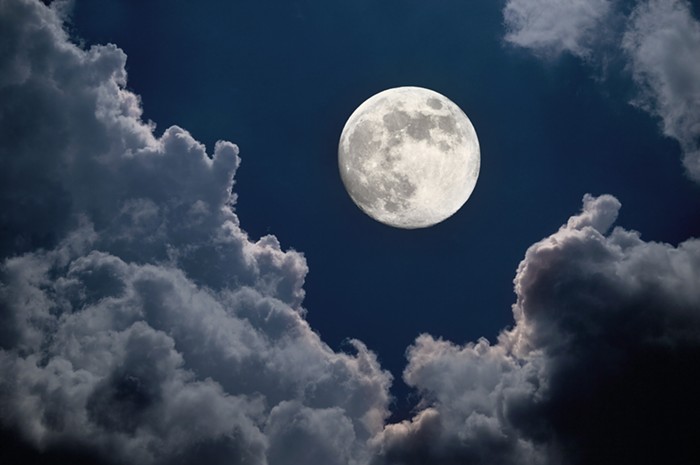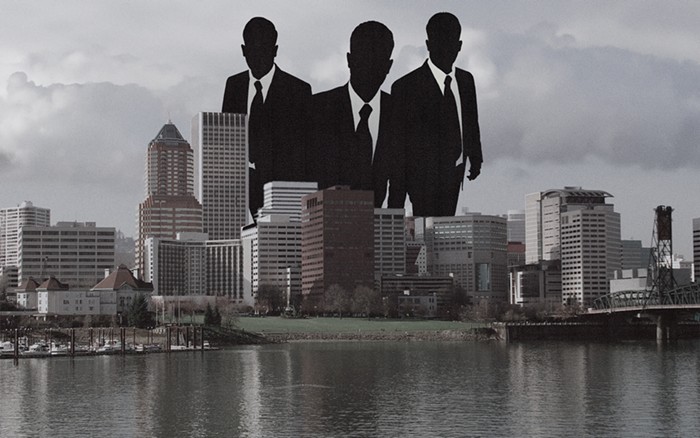OVER THE two and a half hours of The Revenant, Leonardo DiCaprio goes through a lot of stuff! Here's a checklist to take to the theater!
In The Revenant, Leonardo DiCaprio is...
❑ buried alive!
❑ stabbed!
❑ shot at (with bullets)!
❑ shot at (with arrows)!
❑ mauled by a bear!
❑ mauled by a bear again, after the bear takes a break for a minute!
❑ forced to watch everyone he loves and/or remotely cares about get murdered!
❑ frozen!
❑ almost drowned while being battered by icy whitewater rapids!
❑ flung off a cliff!
❑ thrown into a tree (like 50 feet up)!
❑ starved!
❑ forcefully separated from his ear!
❑ hunted by Native Americans!
❑ hunted by the French!
❑ hunted by Tom Hardy!
❑ forced to eat raw bison, with blood smeared all over his face like he's Daenerys Targaryen!
❑ forced to eat raw fish, with fish guts smeared all over his face like he's Gollum!
❑ forced to sleep inside the carved-open carcass of a dead horse, like he's Luke and the horse is a tauntaun!
❑ forced to perform surgery on himself! (Note: He is not a doctor!)
❑ forced to use fire to sear shut a gaping neck wound from which fluids spurt and dribble whenever he tries to drink! (Note: He is still not a doctor!)
❑ probably subjected to some other gruesome crap I'm forgetting, so use this space to fill that in: ____________________________________________!
So, yes: There's an almost Cronenbergian level of body horror that runs through The Revenant, the latest from Birdman's Alejandro González Iñárritu. Based on the book by Michael Punke (which, in turn, was inspired by the life of a particularly unlucky 19th century frontiersman), this is a movie in which Hugh Glass (DiCaprio) tries to make his way through the Montana wilderness to kill John Fitzgerald (Hardy), the dickhead who left him to die in a shallow grave. After crawling from the frozen earth, Glass is reborn as a kind of unkillable ghost—determined to bleed, crawl, float, limp, and tumble his way to vengeance. And so the suffering commences, and continues, and continues, until The Revenant starts to feel less like a survival story and more like a live-action Looney Tunes.
Cronenberg and Chuck Jones aren't the only touchstones here: The Revenant also shares the insistently macho tone of Mel Gibson's Apocalypto and the haunting, eerie beauty of Terrence Malick's The New World. Shot by cinematographer Emmanuel Lubezki (who also shot The New World, along with Birdman, Gravity, and Children of Men), just about every shot of The Revenant is jaw-droppingly gorgeous, with the intricate detail of trickling water and brittle snow matched by sights of towering canyons and sprawling plains. DiCaprio is in nearly every scene of The Revenant, but he doesn't feel like the film's star. The star is the wilderness that looms above him, around him. To us, it's beautiful; to Glass, it's lethal.
Naturally, Iñárritu goes nuts shooting this thing, capturing with gusto everything from Glass' lonely sojourns to frantic, brutal attacks by Native Americans. Like Birdman, The Revenant is technically astonishing, with impossibly long takes and long segments of purely visual storytelling—sequences that, at times, feel too clever for their own good. As with Birdman, the audience isn't ever allowed to forget they're watching a movie. Iñárritu is too interested in showing off, in using Glass' story to deliver whiz-bang set piece after whiz-bang set piece.
If The Revenant seems overly self-conscious—and if it sometimes, as DiCaprio gets banged around like Wile E. Coyote, veers into comedy that I'm not sure is entirely intentional—and yet it still sticks in the memory, then what's so striking about it? Here's one theory that will, tragically, make me sound like a goddamn hippie: The thing that makes The Revenant unforgettable is the literal nature of the thing—its rotting forests, its desolate snowscapes. From its surreal opening to its inevitable mano a mano conclusion, it's nature in The Revenant that resonates more deeply than Glass' suffering, more deeply than Iñárritu's gimmicks.
Iñárritu and Lubezki shot The Revenant entirely with natural light in places like British Columbia and Argentina, and it shows: The sights of The Revenant feel rare. Given the crisis of climate change, The Revenant's stunning visuals capture exactly the kind of landscapes that will change in coming decades and disappear in coming centuries. To watch The Revenant is to watch Leonardo DiCaprio suffer, but it's also to see what might be the last gasp of a natural world. The threat of death looms in every frame, but unlike the death that looms over Glass, it's not the kind that comes with blood.




















